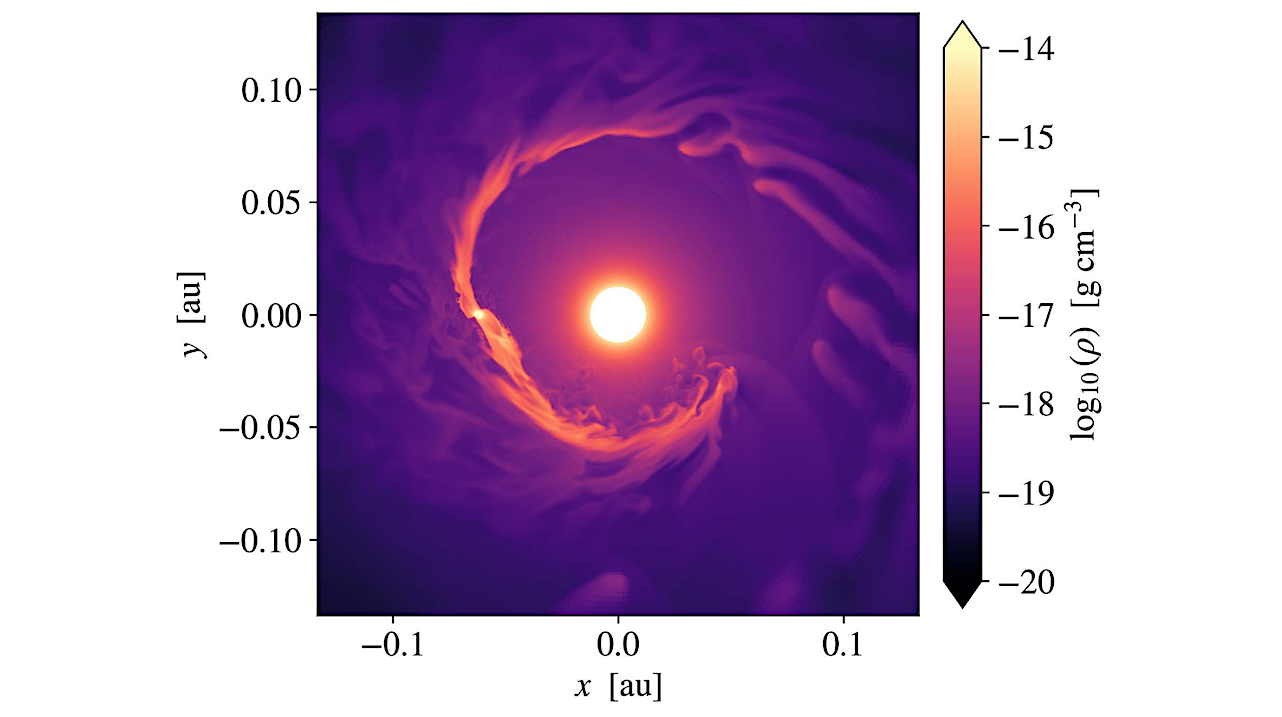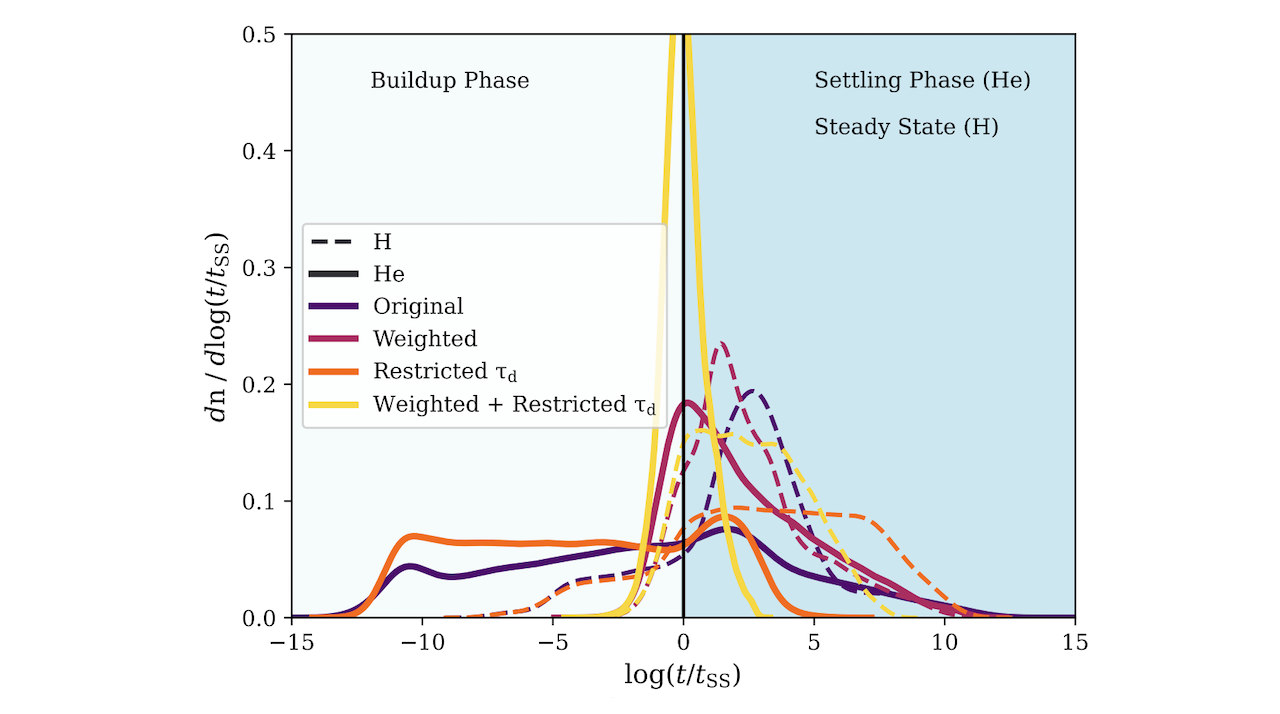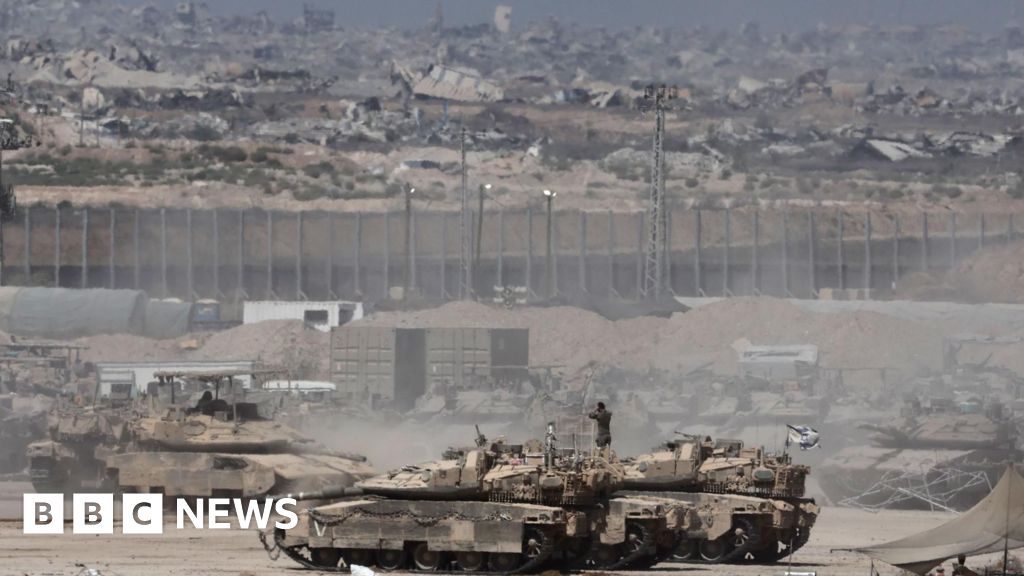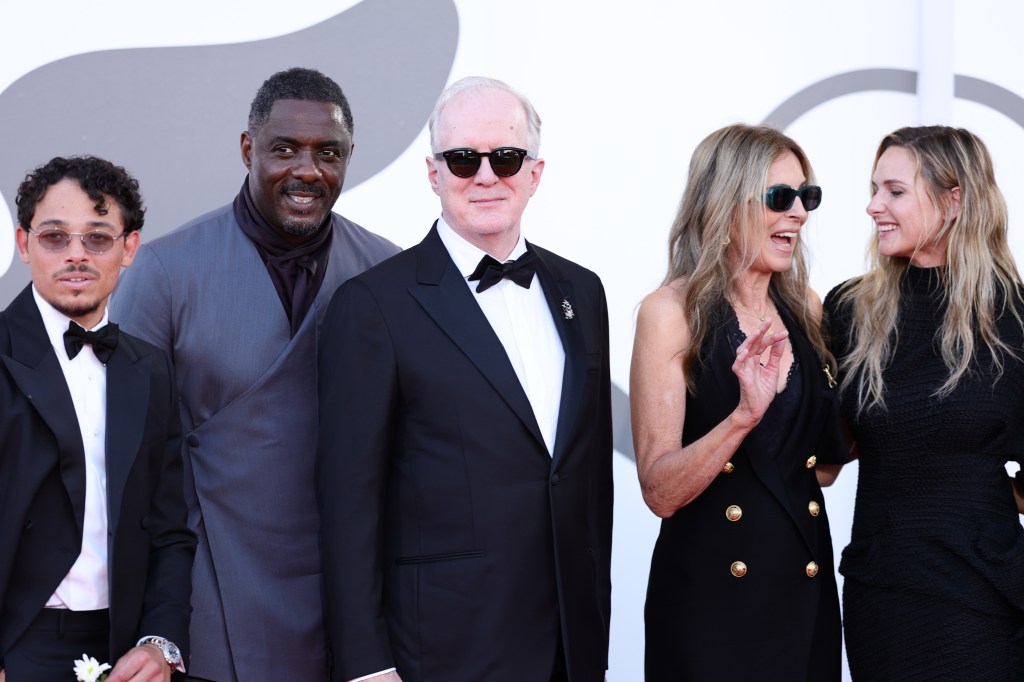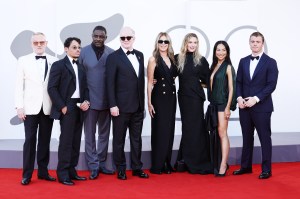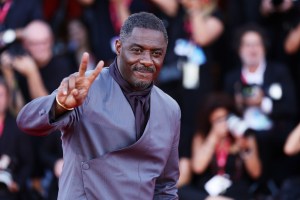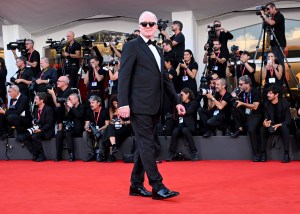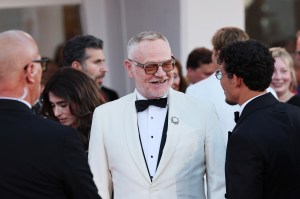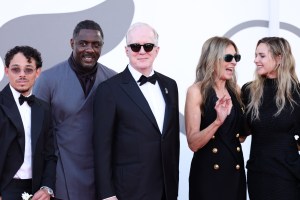3D hydrodynamic simulation of atmospheric escape from Ref. 8, for a system similar to HAT-P-67 b. Figure 2a shows the gas density. The star is in the center of the plot and the observer is looking from the left. — astro-ph.IM
An increasing number of applications in exoplanetary science require spectrographs with high resolution and high throughput without the need for a broad spectral range.
Examples include the search for biosignatures through the detection of the oxygen A-band at 760 nm, and the study of atmospheric escape through the helium 1083 nm triplet. These applications align well with the capabilities of a spectrograph based on a Virtually Imaged Phased Array (VIPA), a high-throughput dispersive element that is essentially a modified Fabry-Perot etalon.
We are developing VIPER, a high-resolution, narrowband, multimode fiber-fed VIPA spectrograph specifically designed to observe the helium 1083 nm triplet absorption line in the atmospheres of gaseous exoplanets. VIPER will achieve a resolving power of 300,000 over a wavelength range of 25 nm, and will be cross-dispersed by an echelle grating. VIPER is intended for operation on the 1.5 m Tillinghast Telescope and potentially on the 6.5 m MMT, both located at the Fred Lawrence Whipple Observatory (FLWO) on Mount Hopkins, Arizona, USA.
In this paper, we present VIPER’s instrument requirements, derived from the primary science goal of detecting anisotropic atmospheric escape from exoplanets. We discuss the design methodology for VIPA-based spectrographs aimed at maximizing throughput and diffraction efficiency, and we derive a wave-optics-based end-to-end model of the spectrograph to simulate the intensity distribution at the detector.
We present an optical design for VIPER and highlight the potential of VIPA-based spectrographs for advancing exoplanetary science.
Matthew C. H. Leung, David Charbonneau, Andrew Szentgyorgyi, Colby Jurgenson, Morgan MacLeod, Surangkhana Rukdee, Shreyas Vissapragada, Fabienne Nail, Joseph Zajac, Andrea K. Dupree
Comments: 39 pages, 27 figures, SPIE Optics + Photonics 2025
Subjects: Instrumentation and Methods for Astrophysics (astro-ph.IM); Earth and Planetary Astrophysics (astro-ph.EP); Solar and Stellar Astrophysics (astro-ph.SR)
Cite as: arXiv:2508.20169 [astro-ph.IM](or arXiv:2508.20169v1 [astro-ph.IM] for this version)
https://doi.org/10.48550/arXiv.2508.20169
Focus to learn more
Submission history
From: Matthew Leung
[v1] Wed, 27 Aug 2025 18:00:04 UTC (4,856 KB)
https://arxiv.org/abs/2508.20169
Astrobiology
